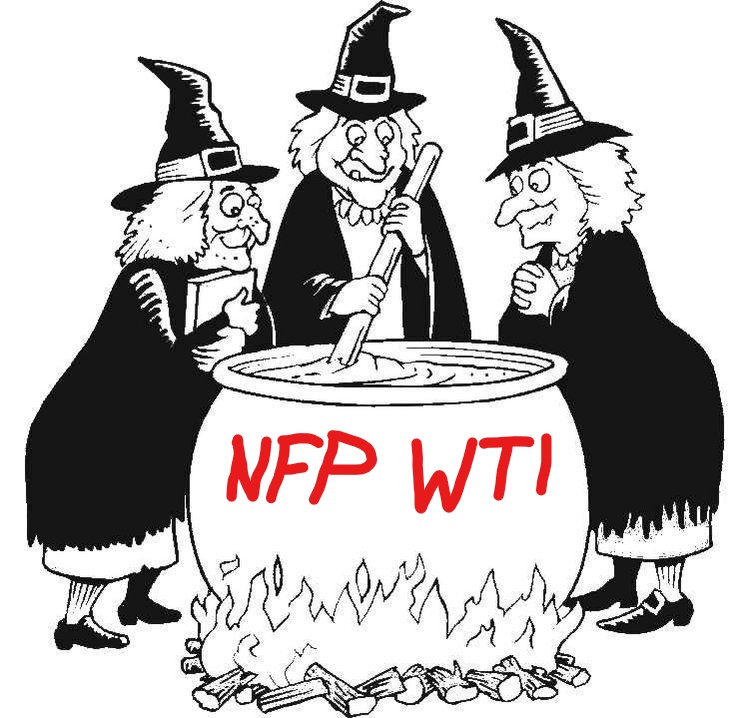
April 3, 2020
USDCAD open (6:00 am EST) 1.4176-80 Overnight Range 1.4118-1.4223
- US Non-farm payrolls plunge 701,000: Unemployment rate surges to 4.4%
- WTI oil prices jump 24% yesterday, and hang on to gains overnight
- Canada and USA may be invited to Opec’s Monday call to discuss production quotas
- COVID-19 actions crush Euro area Services and Composite PMI’s
- US dollar extends yesterday’s gains against the major G-10 currencies
Chart: Currency gain/loss (%) against the US dollar from NY close to NY open (6:00 EST)

Source: Saxo Bank/IFXA
FX Recap and outlook: US Nonfarm payrolls were expected to be ugly. They were. And things will only get worse. The US dollar rallied on the news but those gains were modest and prices are close to pre-NFP release levels.
Yesterday, President Trump tweeted “Just spoke to my friend MBS (Crown Prince) of Saudi Arabia, who spoke with President Putin of Russia, & I expect & hope that they will be cutting back approximately 10 Million Barrels, and maybe substantially more which, if it happens, will be GREAT for the oil & gas industry! …..Could be as high as 15 Million Barrels. Good (GREAT) news for everyone!” Oil prices soared.
Did Trump misspeak? Did he mean to say, that Russia and Saudi Arabia would each cut their production to 10.0 million barrels/day and then didn’t correct himself because he got the oil price rally he desired? It makes sense, especially when you consider that OPEC struggled to agree with production cuts of 2.0 million barrels per day, so a 10-15 million bpd cut seems like a stretch. Furthermore, world-wide lockdowns in urban centers could extend into May, which won’t do anything for short-term oil demand.
China cut its Reserve Requirement Ratio (RRR) for small banks by 100 basis points, which is like injecting $45 billion into the economy. The news didn’t do anything for the antipodean currencies. AUDUSD and NZDUSD dropped during the European session on broad US dollar demand ahead of today’s US employment report.
EURUSD traded sideways in Asia and then dropped in Europe. The European Union’s failure to deliver a coherent, fiscal response to the COVID-19 outbreak, a rash of weak Service and Composite PMI reports, and broad US dollar demand ahead of the release of the NFP report drove EURUSD down from 1.0864 to 1.0779..
GBPUSD fell to 1.2255 from 1.2402, undermined by record low composite PMI data, and profit-taking ahead of NFP and the weekend. Concerns around the state of the EU/UK trade talks are also limiting gains.
USDJPY surged on broad US dollar demand, extending the rally from Thursday’s US low of 107.83, to 108.59 in NY. Japan has not declared a coronavirus emergency even though cases are rising, reaching 2,617 as of today.
USDCAD underperformed its G-10 peers as it only squeezed out a small gain compared to yesterday’s close, thanks to the sharp rise in crude prices. The $15.02 discount applied to Western Canada Select means Canadian producers only receive $11.53/barrel for their product.
Asia equity indexes closed with losses, European bourses are in the red, and S&P futures are pointing to a lower open on Wall Street. The US dollar will likely be underpinned by pre-weekend demand expectations for weak ISM Services data.
USDCAD technical outlook
USDCAD continues to consolidate inside the 10 day Bollinger bands which are 1.4040 and 1.4360. A break of either side could see a 0.0400 point move. The intraday technicals are modestly bullish above 1.4110 looking for a break of 1.4280 to test 1.4360 Below 1.4110 targets 1.4040. For today, USDCAD support is at 1.4140 and 1.4080. Resistance is at 1.4260 and 1.4360.
Chart: USDCAD daily

Source: Saxo Bank





